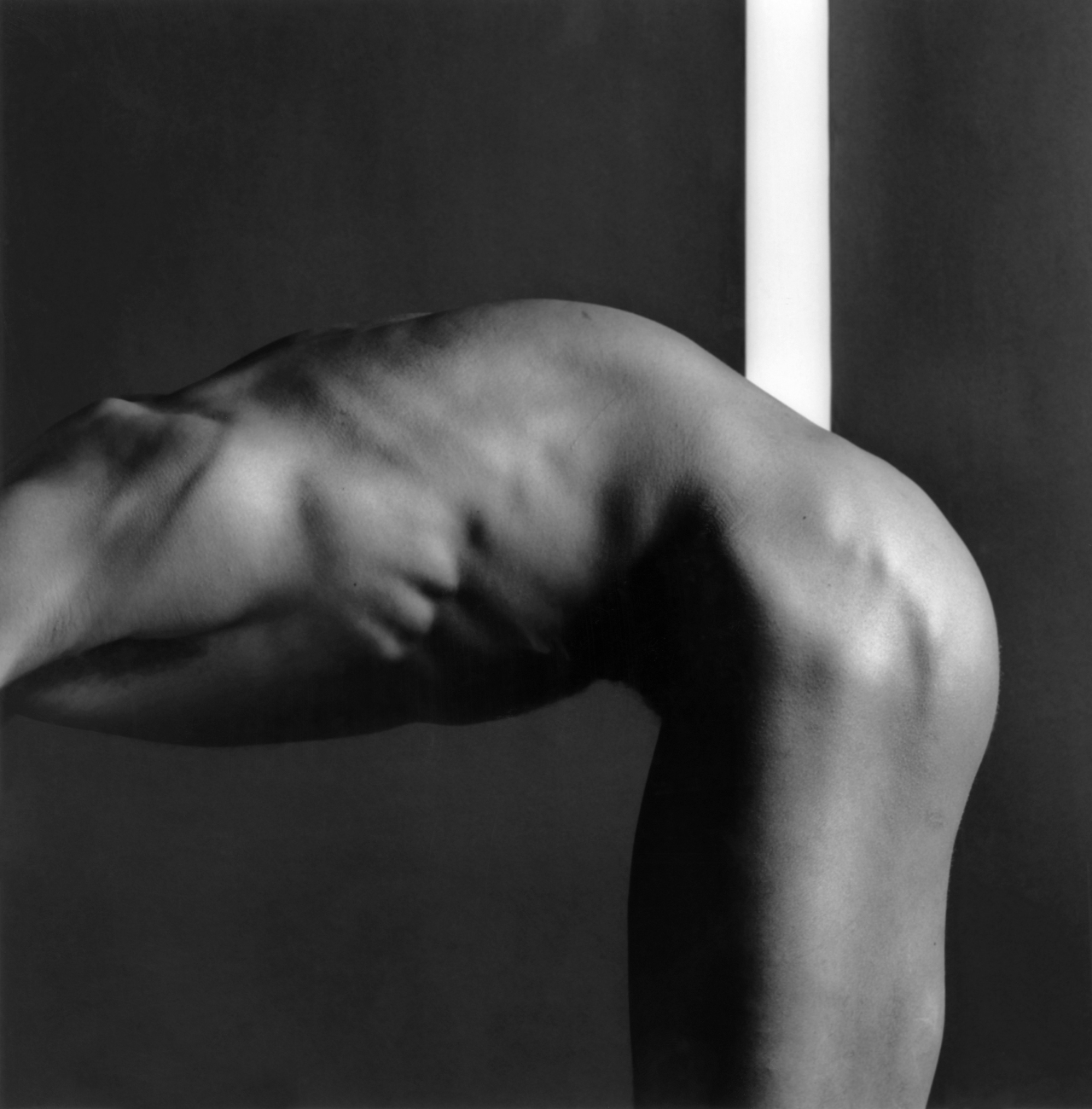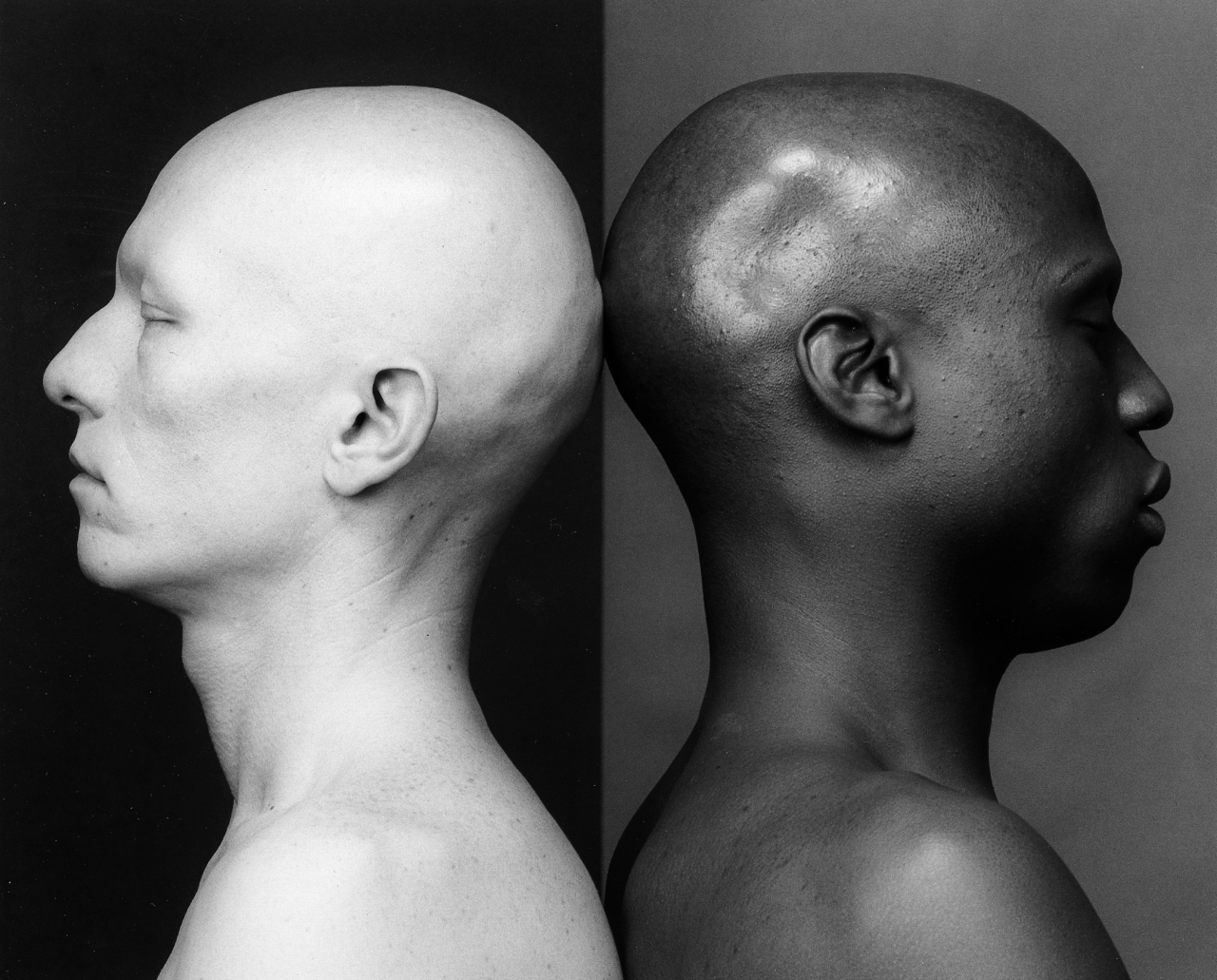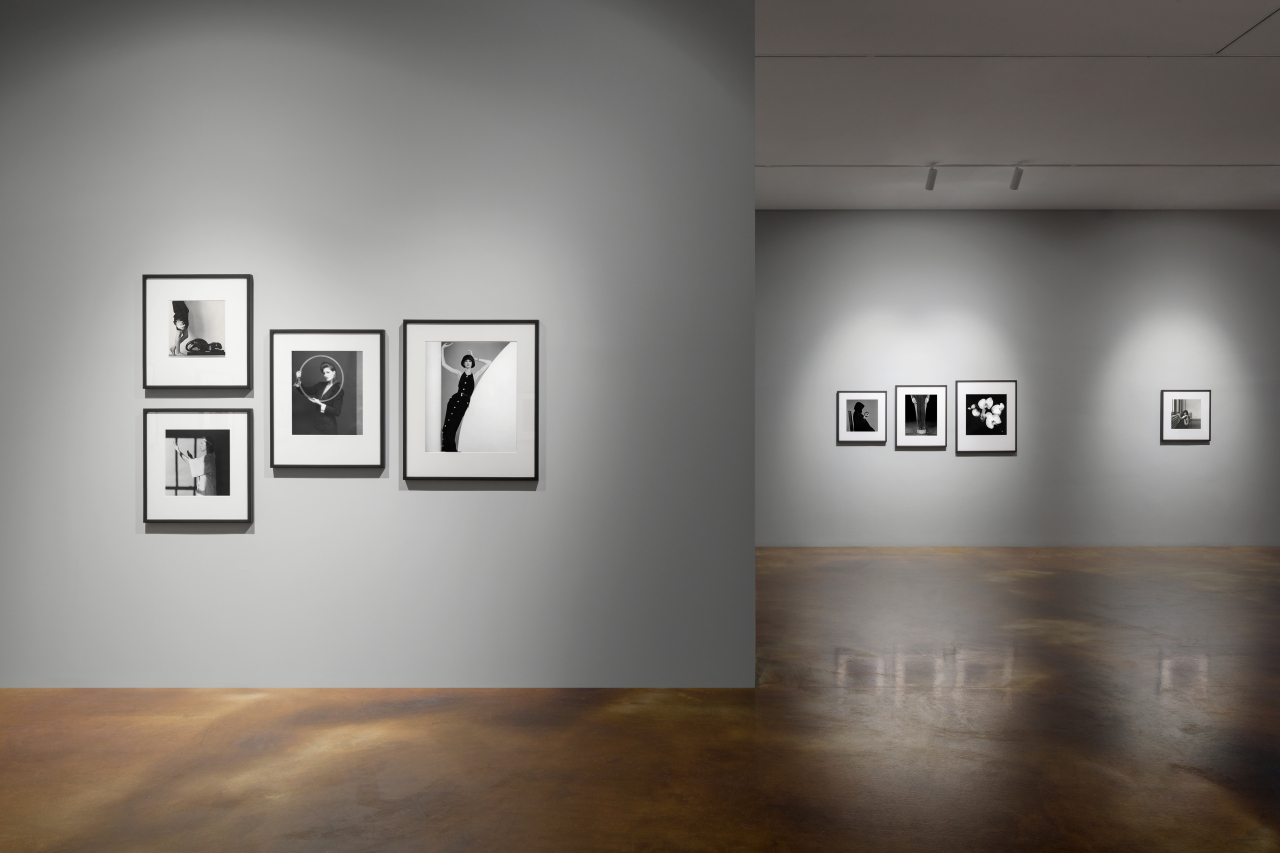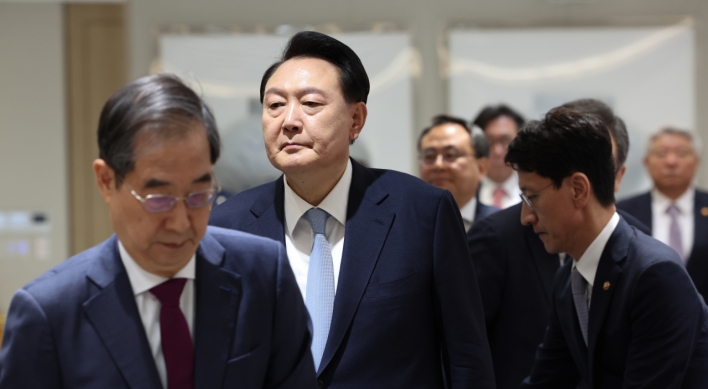First Mapplethorpe show in Korea highlights iconic status of US photographer
By Park YunaPublished : March 1, 2021 - 19:29

American Photographer Robert Mapplethorpe was an icon of American society, challenging the world with his bold and proactive works that featured the bodies of women, Black men and the LGBT community in the 1970s and 1980s.
The exhibition “Robert Mapplethorpe: More Life,” held at Kukje Gallery’s Seoul and Busan venues, is the first solo exhibition of the artist’s work in Korea. The show runs through March 28.
Born in 1946, Mapplethorpe created print editions from over two thousand images in addition to polaorids and other unique artworks that are owned by world-renowned museums and the Robert Mapplethorpe Foundation, which the artist founded in 1988 to promote photographic art and fund AIDS and HIV research. The artist died in 1989 of complications from AIDS.

Visitors to the Seoul venue will encounter a purple wall symbolizing Mapplethorpe’s efforts to reflect marginalized groups in his art. Even amid the pandemic, the gallery reports that the exhibit is drawing 300 visitors on average on weekdays and around 500 on weekends at the Seoul venue.
The first part of the Seoul exhibition presents the artist’s signature black and white photographs from the mid-1970s and 1980s that powerfully capture the complex aesthetics of the subjects which include celebrities of the time, including legendary musician and punk icon Patti Smith, and still objects including flowers.
Visitors are led to the second floor, “The Dark Room,” which includes the artist’ photographic works of gay and fetish communities that generated controversy at the time for their explicit depictions. Among the works here is the artist’s self-portraiture where Mapplethorpe boldly gazes into the lens with a bullwhip inserted in his rectum, as if he intends to project himself as the devil. The artist once said, “Beauty and the devil are the same thing.”

When the artist opened the traveling exhibition “The Perfect Moment” in 1988, just months before his death, it provoked national controversy regarding artistic freedom, censorship and museums’ role as a public space, which ultimately influenced many artists and inspired the LGBT rights movement.
“Mapplethorpe proactively challenged social norms, reflecting marginalized communities such as the queer community and discrimination against women. He is still mentioned as the icon of the cultural war and he has a cultish position as a photographic artist,” said Lee Yong-woo, research associate professor at Sogang University’s Critical Global Studies Institute in Seoul, who curated the exhibition. “It is an interesting point how today’s audiences would perceive his works compared to those from the 1970s and 1980s.”
Although social perceptions of the lesbian, gay, bisexual and transgender community have improved and feminism discussion has been actively generated over time, the negative perceptions of marginalized communities continue today, which involves a potential risk of framing art with specific directionality, and this can surface anytime, Lee said.
“When the gay community was mentioned as a main cluster of COVID-19 infection in Seoul last year, we witnessed how the hate agenda setting placed blame on the community. The phenomenon hints that our society remains the same as the time of Mapplethorpe in terms of the social and cultural circumstances,” he added.
By Park Yuna (yunapark@heraldcorp.com)









![[KH Explains] How should Korea adjust its trade defenses against Chinese EVs?](http://res.heraldm.com/phpwas/restmb_idxmake.php?idx=644&simg=/content/image/2024/04/15/20240415050562_0.jpg&u=20240415144419)









